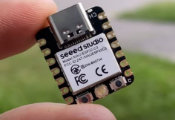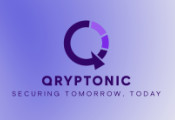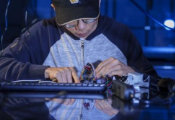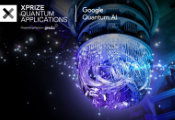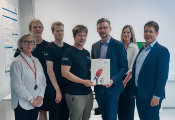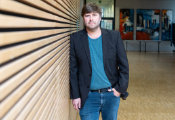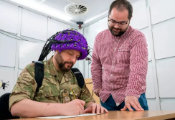Researchers Use Laser Beams to Pioneer New Quantum Computing Breakthrough
November 29, 2024 -- Physicists from the University of the Witwatersrand (Wits) have developed an innovative computing system using laser beams and everyday display technology, marking a significant leap forward in the quest for more powerful quantum computing solutions.
The breakthrough, achieved by researchers at the university's Structured Light Lab, offers a simpler and more cost-effective approach to advanced quantum computing by harnessing the unique properties of light. This development could potentially speed up complex calculations in fields such as logistics, finance and artificial intelligence. The research was published in the journal APL Photonics as the editor’s pick.
"Traditional computers work like switchboards, processing information as simple yes or no decisions. Our approach uses laser beams to process multiple possibilities simultaneously, dramatically increasing computing power," says Dr Isaac Nape, the Optica Emerging Leader Chair in Optics at Wits.
The research team, including MSc students Mwezi Koni and Hadrian Bezuidenhout, built their system using surprisingly ordinary components - laser beams, digital displays similar to those found in projectors, and simple lenses.
The key was linking how light interacts with optical devices, such as digital displays and lenses, to the mathematical operations that a quantum operation in a quantum computer performs. These operations can be simply broken down to multiplication and addition (using vectors and matrices) all performed at the speed of light.
Once this was achieved, they showcased the Deutsch-Jozsa algorithm, a clever test determining whether an operation performed by a computer is random or predictable — something a quantum computer can do far faster than any classical computing machine.
"Our work paves the way for simulating even more complex quantum algorithms," Koni adds. "This could unlock exciting new possibilities in areas like quantum optimisation and quantum machine learning."
Their method can handle far more information than conventional computers, which are limited to working with just ones and zeros.
"We’ve shown that our system can work with 16 different levels of information instead of just the two used in classical computers," says Koni, who led the experiment. "In theory, we could expand this to handle millions of levels, which would be a game-changer for processing complex information."
What makes this development particularly significant for South Africa and other emerging economies is its accessibility. The system uses readily available equipment, making it a practical option for research laboratories that may not have access to more expensive computing technologies.
"Light is an ideal medium for this kind of computing," says Bezuidenhout. "It moves incredibly fast and can process multiple calculations simultaneously. This makes it perfect for handling complex problems that would take traditional computers much longer to solve."
The research forms part of the WitsQ Quantum Initiative and is supported by the South African Quantum Initiative (SAQuTI), positioning South Africa at the forefront of advanced computing research. The team is now working on expanding their system’s capabilities, which could lead to even more powerful computing solutions in the future.
This development represents a significant step forward in making advanced computing more accessible and practical, particularly for regions where cutting-edge technology infrastructure might be limited by cost constraints.



